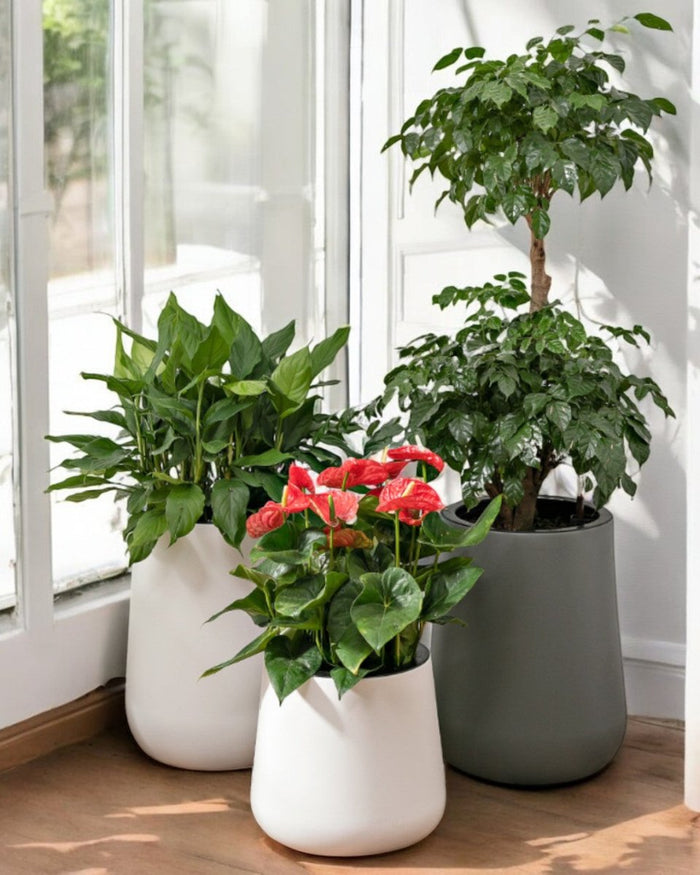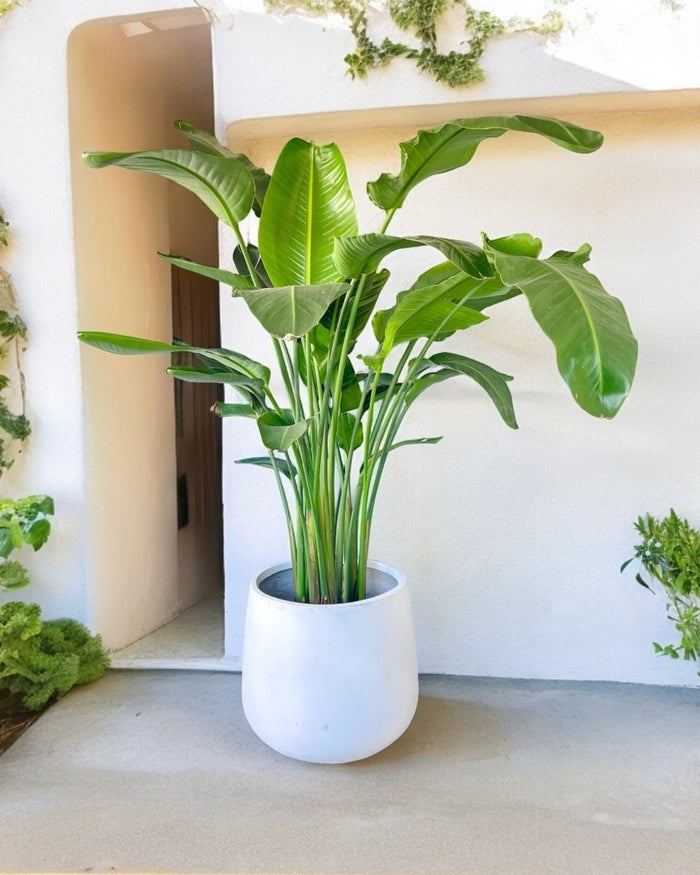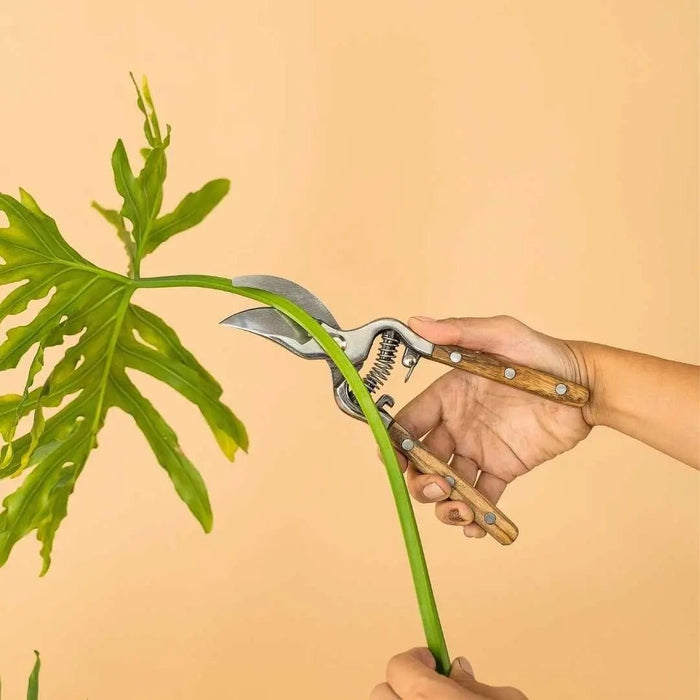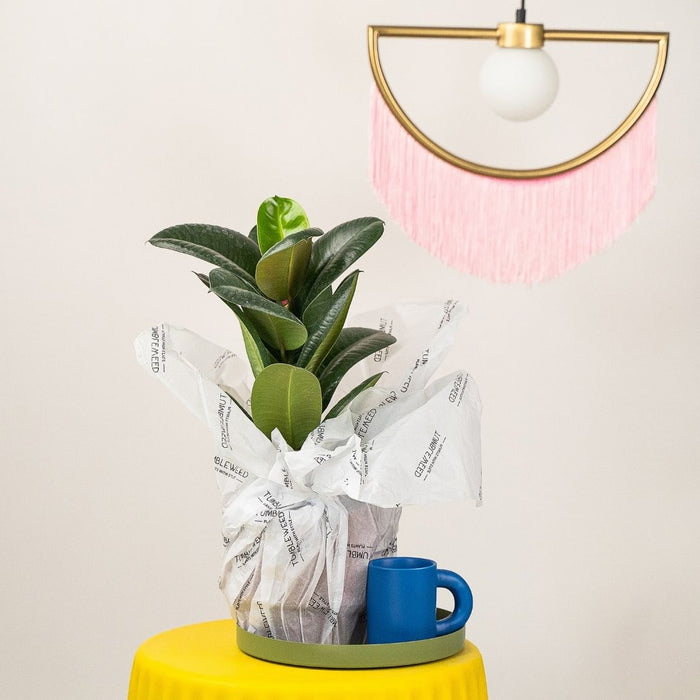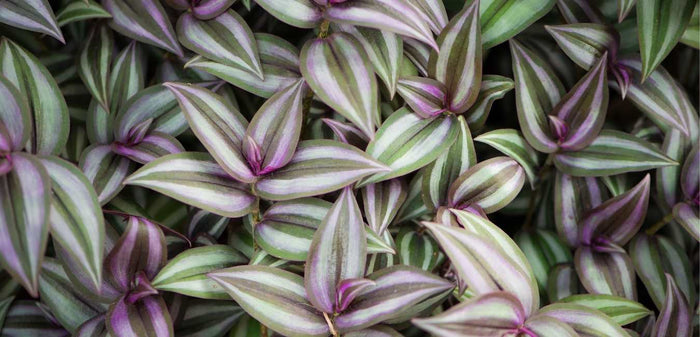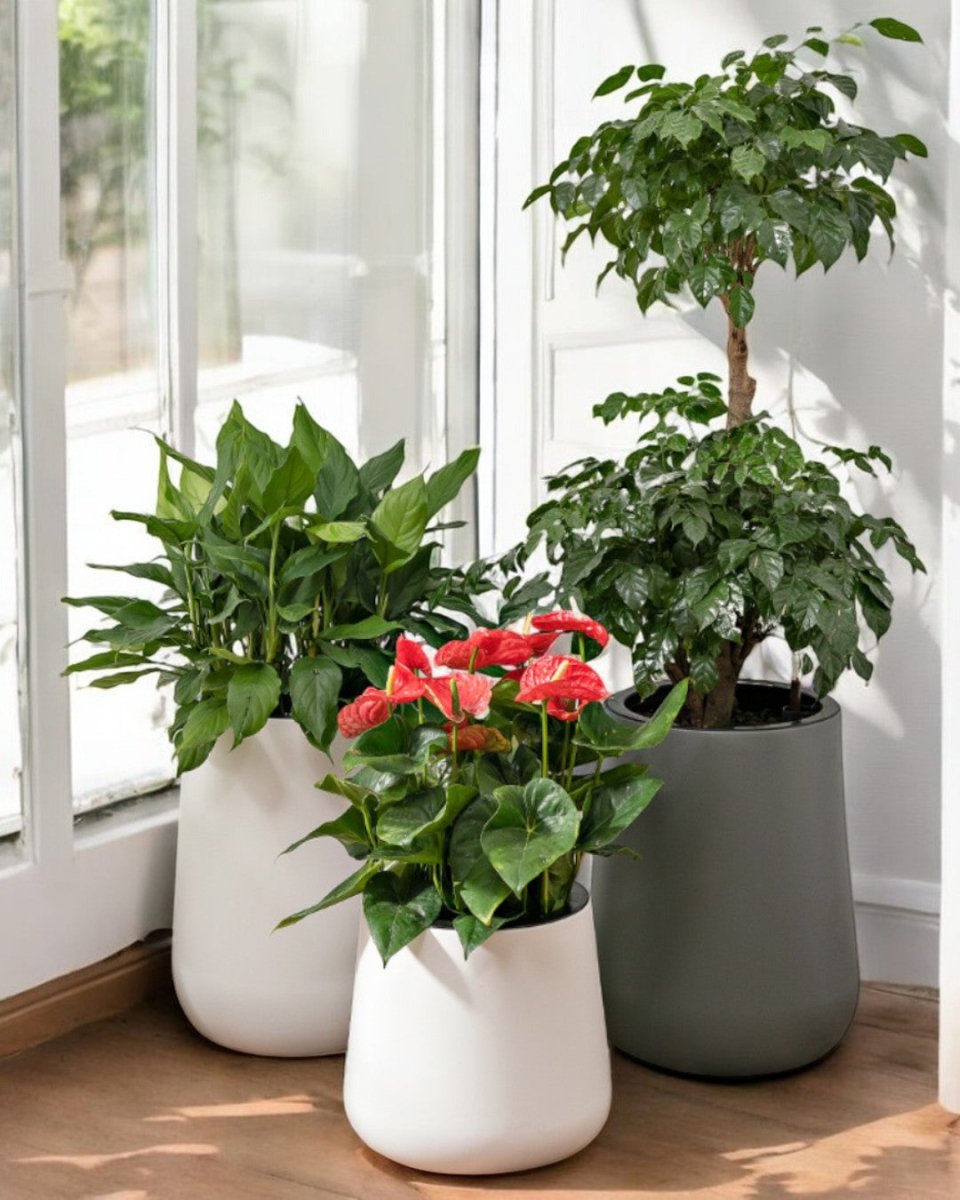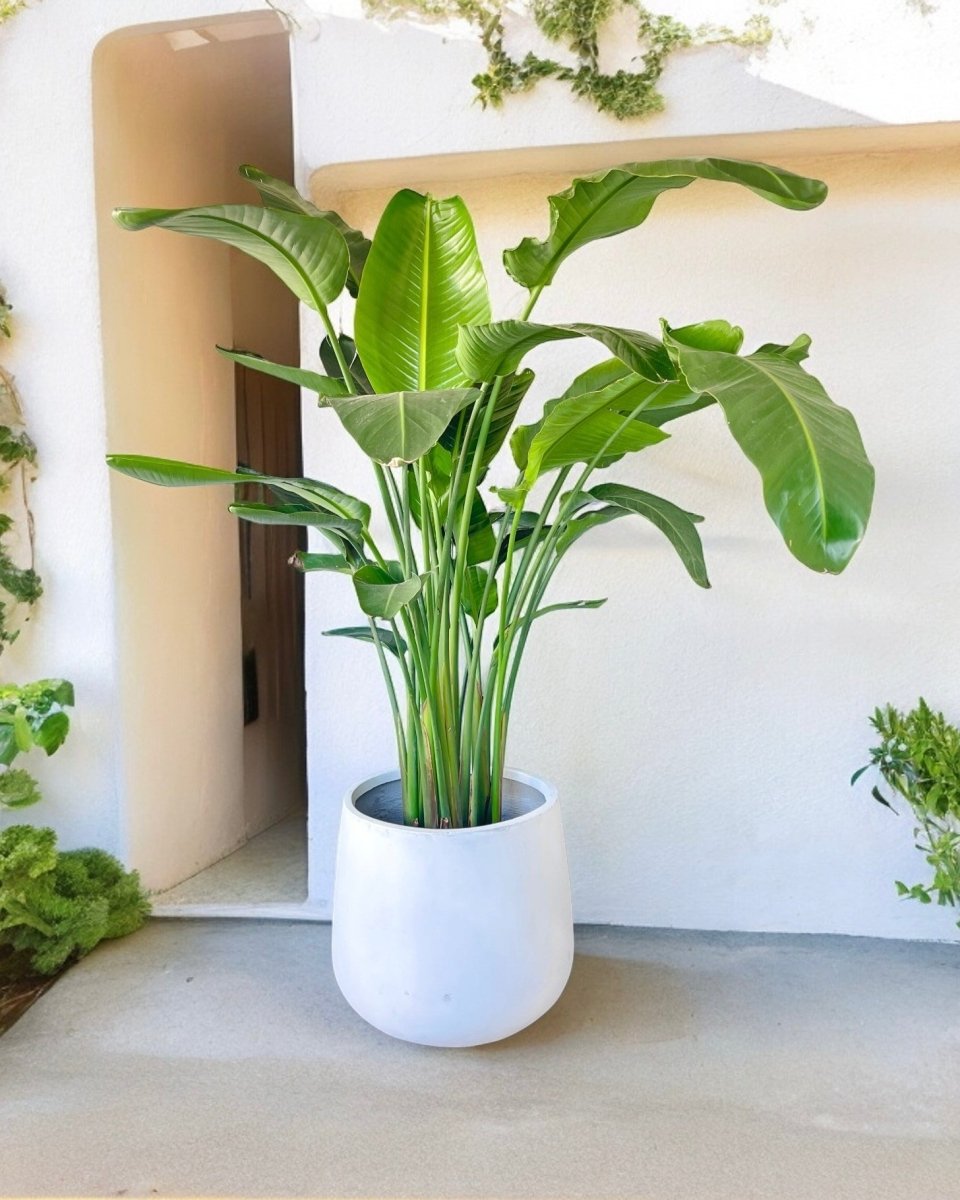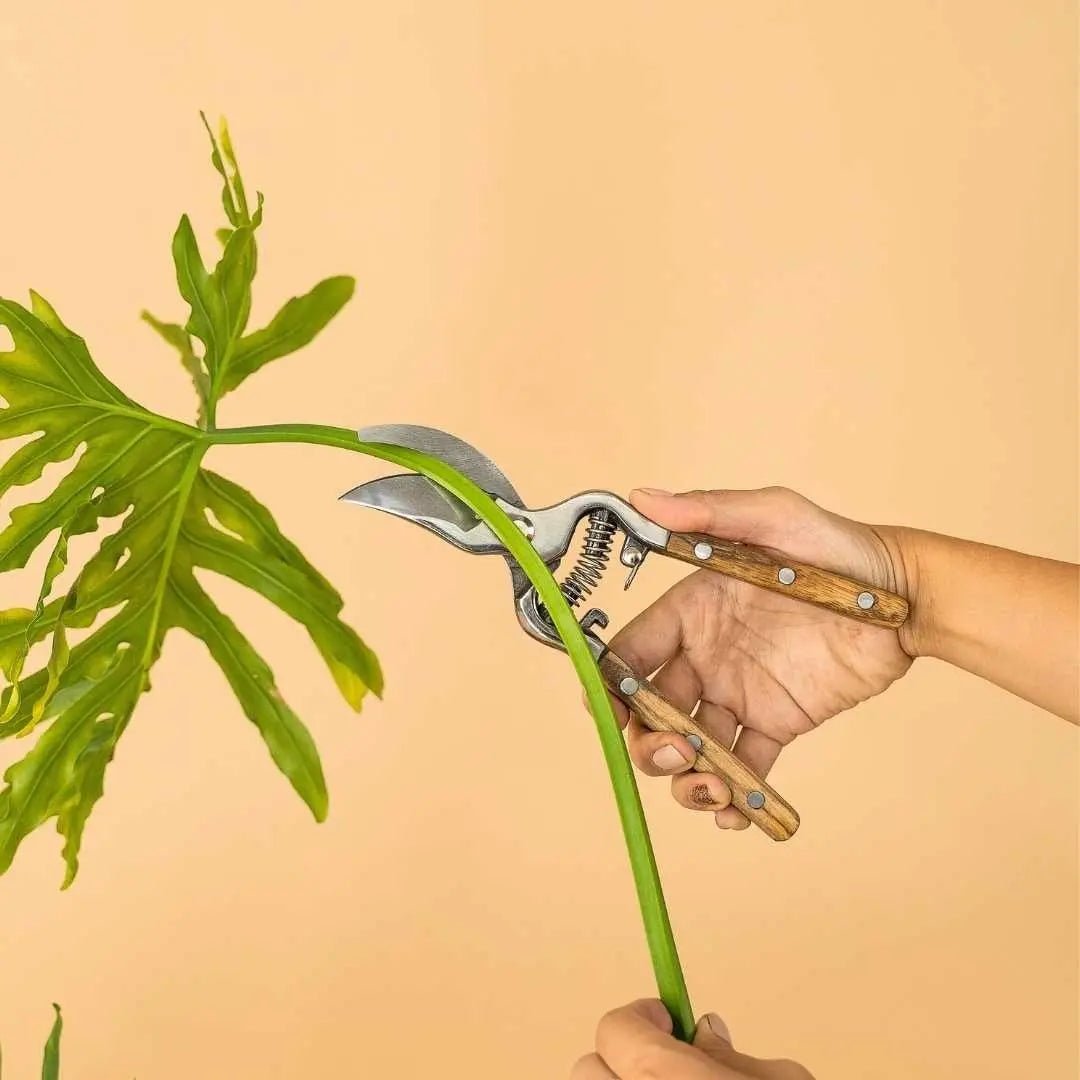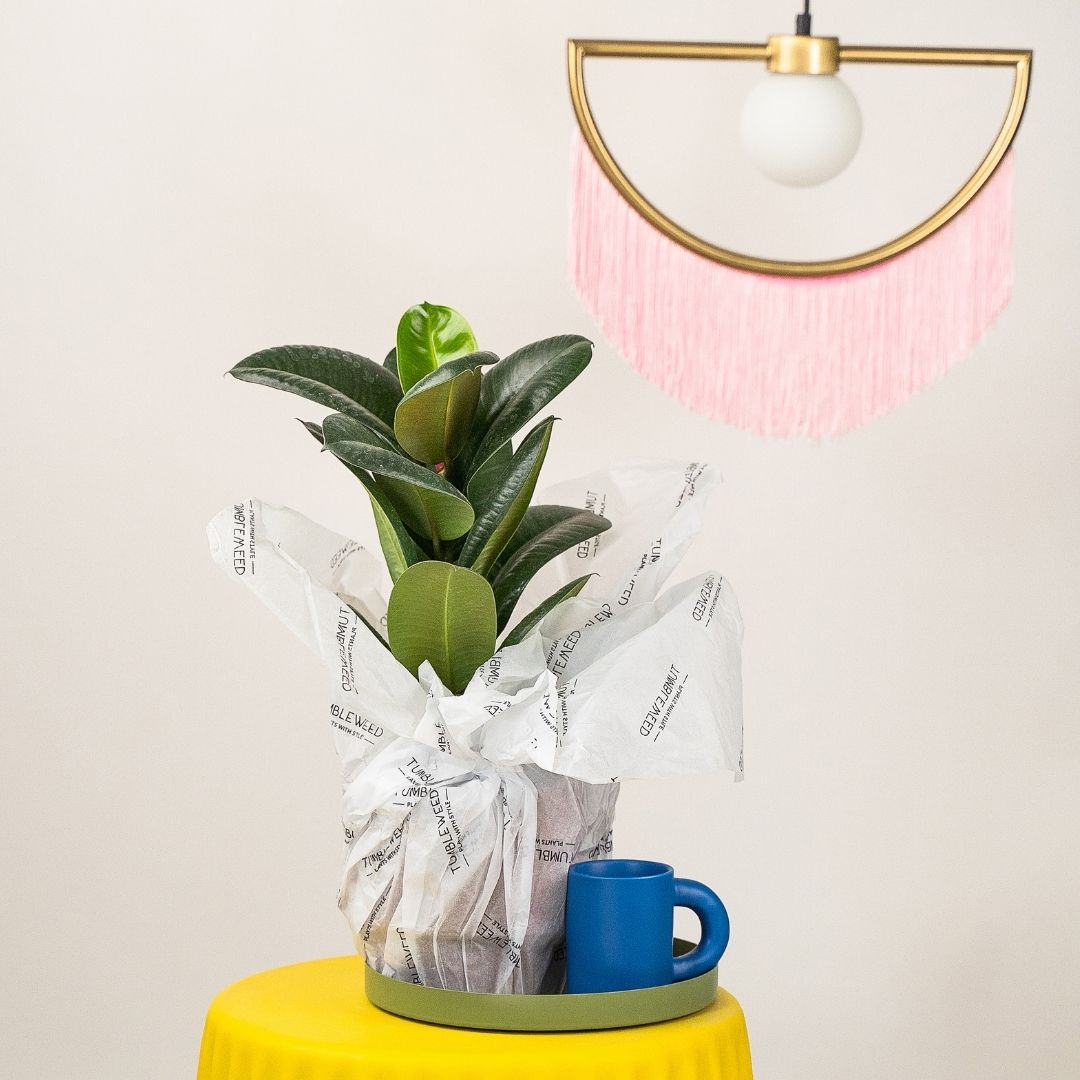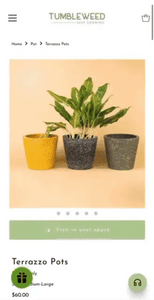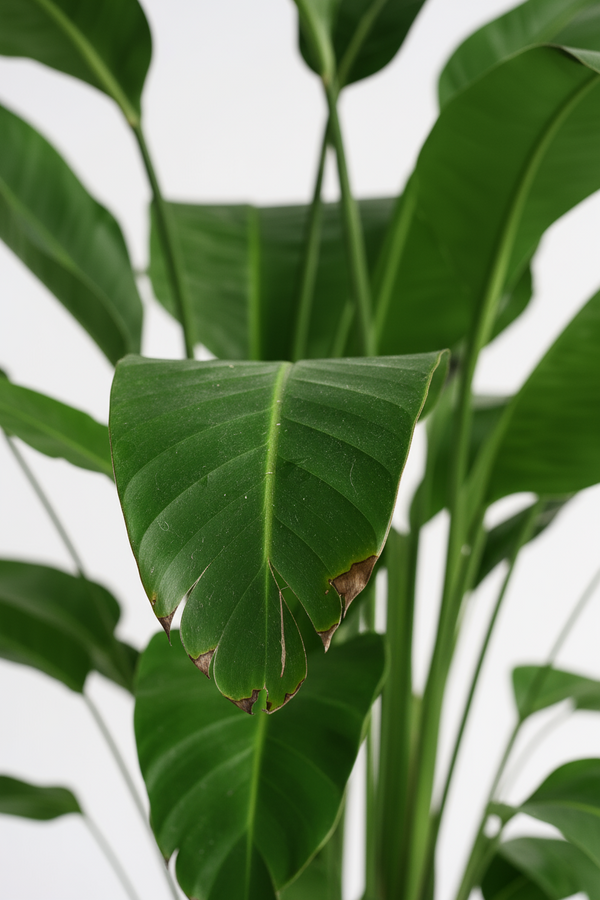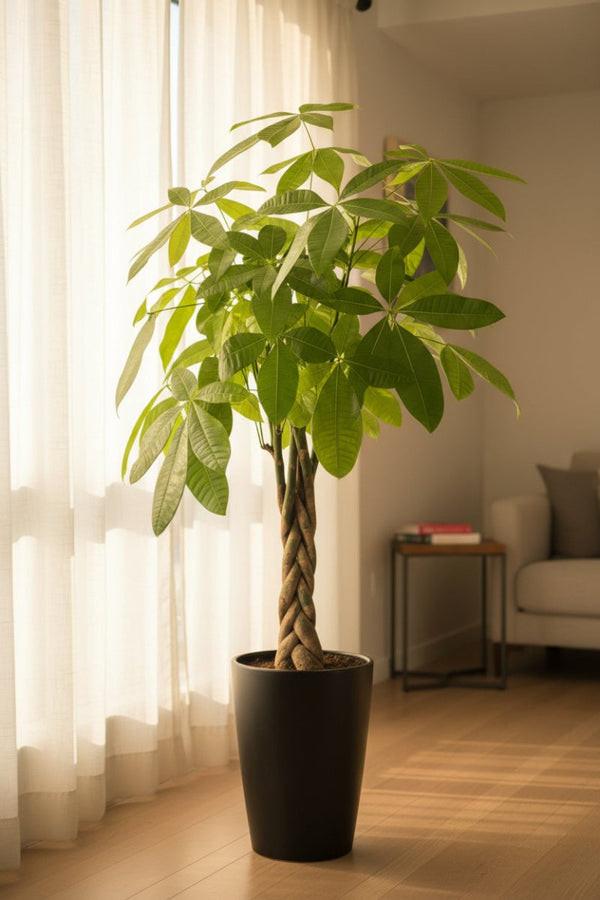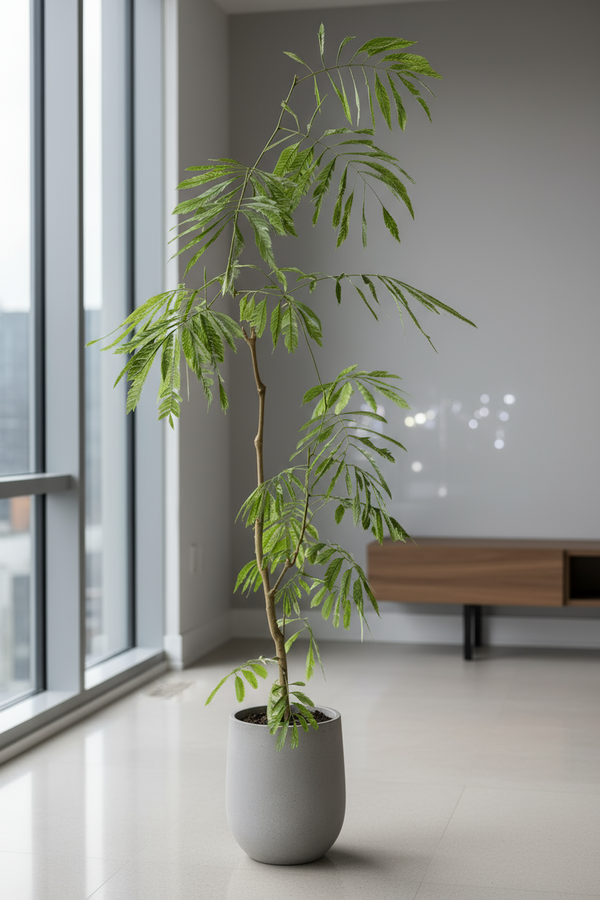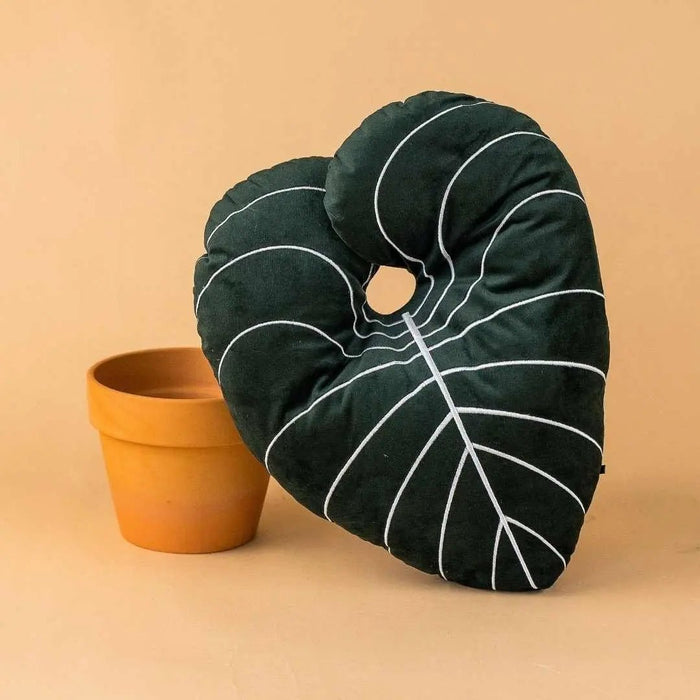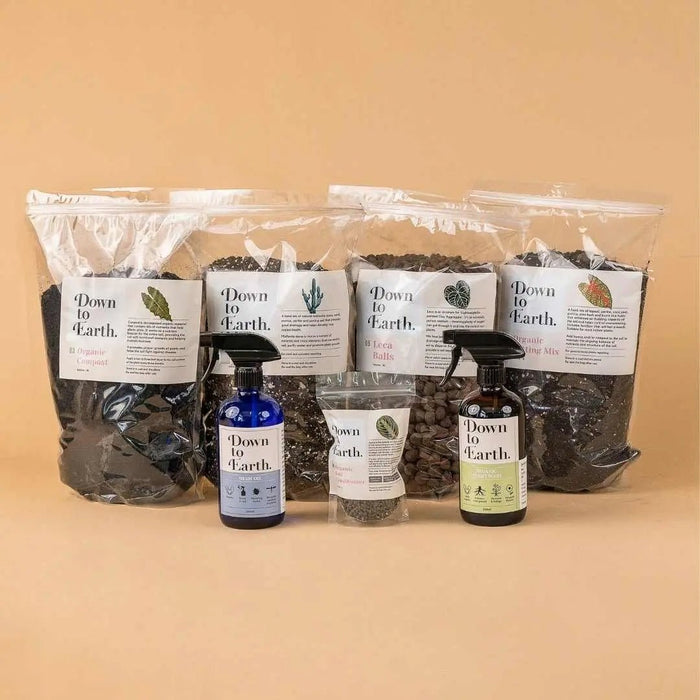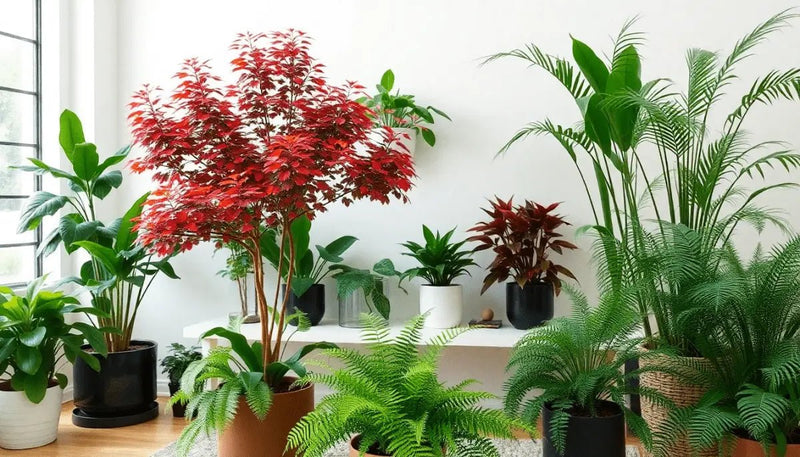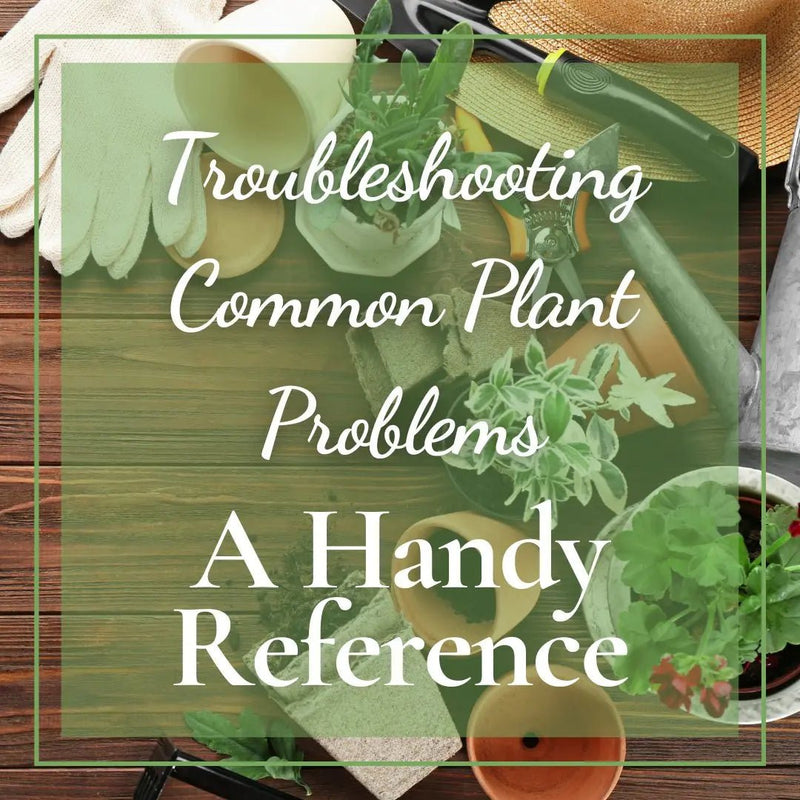How to Identify and Treat Common Plant Pests
Posted on June 21 2024

Welcome to the world of gardening, where the battle against plant pests is a common challenge for all enthusiasts. In this guide, we will delve into the essential knowledge and techniques needed to identify and effectively treat the most common plant pests that threaten the health and beauty of your green companions. From tiny aphids to voracious caterpillars, plant pests come in various forms and can wreak havoc on your beloved plants if left unchecked. By understanding their characteristics, behavior, and the signs they leave behind, you will be equipped with the tools to spot these intruders early on. Moreover, we will explore eco-friendly and sustainable methods to combat these pests, ensuring a harmonious balance in your garden ecosystem. Get ready to arm yourself with the knowledge and skills necessary to protect your plants and cultivate a thriving garden sanctuary.
Identifying Common Plant Pests
Gardening can be a rewarding and therapeutic hobby, but it often comes with its challenges, one of the most common being plant pests. These tiny invaders can wreak havoc on your plants if left unchecked. In this blog section, we will delve into the world of common plant pests, their characteristics, the damage they cause, and how to identify them.
Overview of Prevalent Plant Pests Affecting Gardens
Before we can effectively combat plant pests, it's essential to know our enemy. We will discuss some of the most prevalent plant pests that gardeners encounter, such as aphids, whiteflies, spider mites, and caterpillars. Understanding the habits and lifecycle of these pests can help us implement targeted control measures.
Characteristics and Damage Caused by Each Common Pest
Each plant pest has its unique characteristics and methods of causing damage. We will explore the physical traits of common pests, such as their size, colour, and feeding habits. Additionally, we will outline the specific damage they inflict on plants, from leaf discolouration to stunted growth, so you can quickly identify their presence in your garden.
Key Signs to Recognise When Identifying Plant Pests
Early detection of plant pests is crucial in preventing widespread infestations. We will highlight the key signs that indicate the presence of common pests, including distorted leaves, sticky honeydew residue, and visible insects on plant surfaces. By familiarising yourself with these indicators, you can take prompt action to protect your garden from potential devastation.
Prevention and Control Measures
In addition to identification, prevention is key in managing plant pests. We will discuss cultural practices that can help reduce pest populations, such as proper plant spacing and regular inspection. Furthermore, we will explore environmentally friendly pest control methods, including beneficial insects and organic sprays, to maintain a healthy balance in your garden ecosystem.
Integrated Pest Management Strategies
For a comprehensive approach to pest control, integrated pest management (IPM) combines various tactics to minimize pest damage while prioritizing environmental safety. We will delve into the principles of IPM, which include monitoring pest levels, using biological controls, and employing chemical treatments as a last resort. By adopting an IPM strategy, you can effectively manage plant pests while minimizing the impact on beneficial organisms.
Conclusion
Armed with this knowledge, you'll be better equipped to safeguard your plants and maintain a thriving garden. Stay tuned for our upcoming blog posts on effective pest control strategies and natural remedies to keep your garden pest-free.
Treating Plant Pests
Using Natural Remedies to Combat Plant Pests.
Neem Oil: A Natural and Effective Pest Control Solution
Unveiling the Benefits of Neem Oil for Bug Busting and Pest Eradication.

The Versatility of Neem Oil in Integrated Pest Management Systems.
Case Studies: Real-Life Success Stories of Neem Oil in Pest Control
Conclusion: Embracing Sustainable Practices for Plant Pest Management
The utilization of natural remedies for pest control has emerged as a pivotal aspect of sustainable agriculture. Among the array of remedies, neem oil shines as a beacon of organic efficacy in managing plant pests. Extracted from the seeds of the neem tree, neem oil boasts a rich history in traditional medicine and agricultural practices.
Neem oil serves as a formidable deterrent against a diverse spectrum of pests, ranging from aphids and mealybugs to spider mites and caterpillars. Its active constituents disrupt the pests' life cycles, impeding their development and reproduction. Furthermore, neem oil's biodegradability and non-toxic nature towards beneficial insects render it a preferred eco-friendly alternative for pest control.
Integrated Pest Management (IPM) systems have progressively integrated neem oil as a cornerstone in pest management protocols. By amalgamating neem oil with other natural techniques like crop rotation, biological control, and habitat manipulation, farmers can efficaciously curtail pest populations while minimizing reliance on synthetic pesticides.
Numerous case studies underscore the triumphs of neem oil in pest eradication. Whether on modest organic farms or expansive commercial plantations, the incorporation of neem oil has yielded augmented crop yields and diminished environmental repercussions. Farmers have attested to notable reductions in pest-induced crop damage and heightened plant resilience through the consistent application of neem oil.
In essence, the adoption of neem oil for plant pest management epitomizes a transition towards sustainable and eco-conscious agricultural practices. By harnessing the potency of natural remedies such as neem oil, we can safeguard our crops, conserve biodiversity, and foster a healthier ecosystem for forthcoming generations.
Conclusion
Being able to identify and treat common plant pests is essential for maintaining the health and vitality of your garden. By familiarizing yourself with the signs of infestation and implementing appropriate treatment methods, you can effectively protect your plants from damage and ensure a thriving garden. Remember to regularly inspect your plants, practice good gardening hygiene, and utilize natural remedies or pesticides as needed to keep pests at bay. With a proactive approach, you can enjoy a beautiful and pest-free garden all year round.





